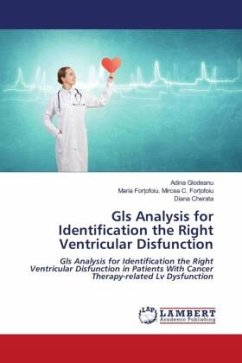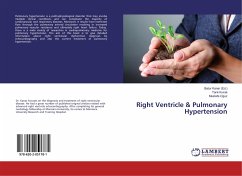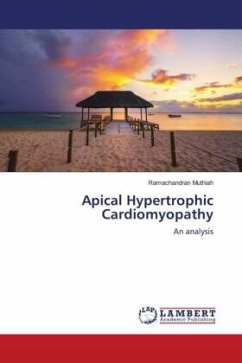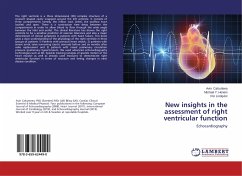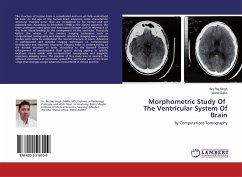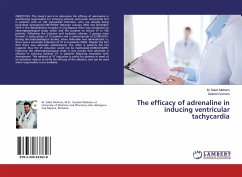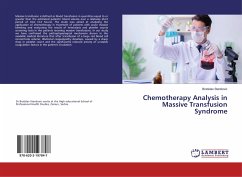Background: This study was designed to assess right ventricular (RV) systolic function in cancer patients. Methods and Results: Left ventricle (LV) and free-wall RV longitudinal strain were analysed prior and after 6 months of treatment (at 68 patients), using a vendor-independent software, together with left ventricular ejection fraction (LVEF), tricuspid annulus plane systolic excursion and RV fractional area change. Cancer therapy-related cardiac dysfunction was defined as a LVEF drop of >10% to <53%. Both LVEF fraction (59±7% vs. 55±8%, p<0.0001) and LV longitudinal strain (-19.7±2.5% vs. -17.1±2.6%, p<0.0001) were reduced.Cancer therapy-related cardiac dysfunction was detected in 20 patients (29%). In 15 out of these 20 patients (75%), a concomitant relative reduction in free-wall RV longitudinal strain magnitude by 17±7% was detected. A relative drop of RV longitudinal strain >17% had a sensitivity of 55% and a specificity of 70% to identify patients with cancer treatment. Conclusions: GLS analysis allows the identification of subclinical RV dysfunction appearing in the course of cancer treatment when conventional indices of RV dysfunction function are unaffected.
Bitte wählen Sie Ihr Anliegen aus.
Rechnungen
Retourenschein anfordern
Bestellstatus
Storno

